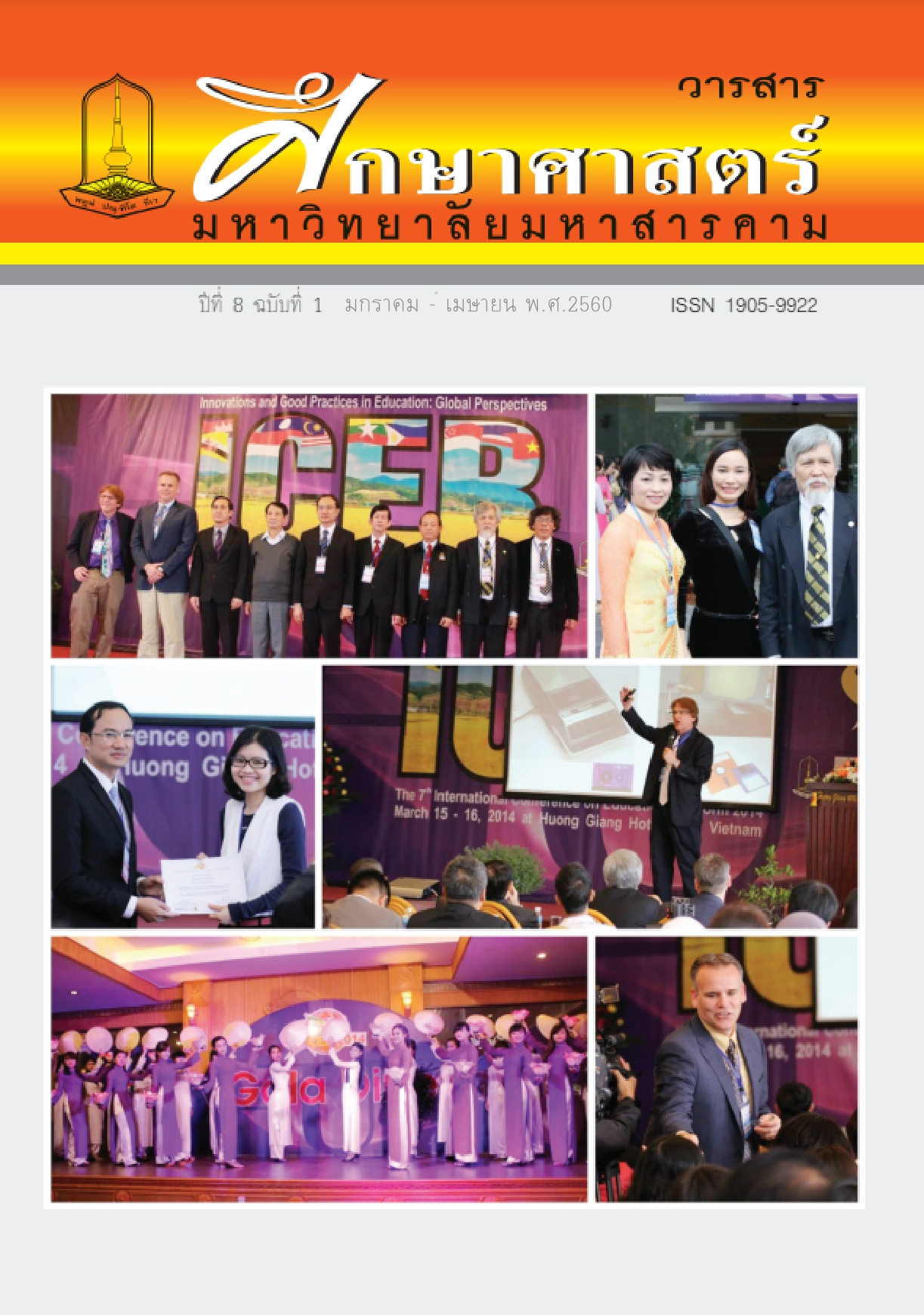Learning to learn: first steps towards autonomy learning process
Main Article Content
Abstract
Often seen as a prerequisite to university education, students’ autonomy is a competence which should be developed throughout the learning process. This paper will first review the concept of autonomy and autonomy learning in order to take a fresh look at educational methods and the different roles of social agents inherent to the teaching/learning process. Then this article will look into the potential of the action-oriented approach within that new didactic configuration. Finally, the importance of the European Language Portfolio (ELP) will be highlighted as an operational tool supporting the autonomy learning process.
Downloads
Article Details
References
André, B. (1989). Autonomie et enseignement/apprentissage des langues étrangères, Paris, France: Didier/Hatier.
Bourguignon, C. (2007). Apprendre et enseigner les langues dans la perspective actionnelle: le scénario d’apprentissage-action, Grenoble, Conférence donnée le 7 mars 2007 à l’Assemblée Générale de la Régionale de l’APLV de Grenoble. Retrieved June 20, 2017, from http://www.aplv-languesmodernes.org/?article865
Caudron, H. (2001). Autonomie et apprentissages, Douai, France: Tempes Editions.
Council of Europe. (2001). The Common European Framework of Reference for Languages: learning, teaching, assessment. Retrieved June 20, 2017, from http://www.coe.int/en/web/portfolio
Council of Europe portal for the European Language Portfolio. Retrieved June 20, 2017, from http://elp.ecml.at/UsingtheELP/Understandingtheportfolio/tabid/2745/language/en-GB/Default.aspx
Cuq, J.-P. (2003). Dictionnaire de didactique du français langue étrangère et seconde, Paris, France: CLÉ International/Asdifle.
Cuq, J.-P. & Gruca, I. (2005). Cours de didactique du français langue étrangère et seconde (2nded.), Grenoble, France: PUG.
L’Hotellier, T. & Troisgros, E. (2003). The “Portfolio attitude”: using the ELP in a French technical secondary school, 13-18, in Little, D. The European Language Portfolio in use: nine examples. Strasbourg, France: Council of Europe. Retrieved June 20, 2017, from https://rm.coe.int/1680459fa4
Noël-Jothy, F. & Sampsonis, B. (2006). Certifications et outils d’évaluation en FLE, Série F, Paris, France: Hachette FLE.
Pluskwa, D., Willis, D. & Willis, J. (2011). L’approche actionnelle en pratique: la tâche d’abord, la grammaire ensuite !, 205-231, in Lions-Olivieri, M.-L., & Liria, P. L’approche actionnelle dans l’enseignement des langues – douze articles pour mieux comprendre et faire le point (2nded.), Paris, France: Maison des langues Editions.
Porcher, L. (2004). L’enseignement des langues étrangères, Paris, France: Hachette Livre.
Puren, C. (2006). De l’approche communicative à la perspective actionnelle, 37-40, in Le français dans le monde, 347.
Tagliante, C. (2005). L’évaluation et le Cadre européen commun, Paris, France: CLÉ International/SEJER, coll. « Techniques et pratiques de classe ».


